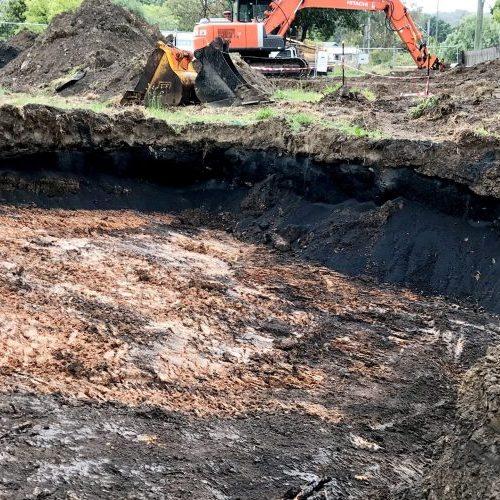Environmental Due Diligence

Environmental Due Diligence is undertaken to protect purchasers from buying an Environmental Liability. One of the most obvious risks is from Land Contamination from previous land uses. Gradually Australia is catching up to the assessments which have been undertaken in North America for decades prior to financing and land purchases. The risk is that the property you purchase could have a liability due to contamination of often hundreds of thousands of dollars or more. In some extreme cases the property cost is exceeded by the potential cost to clean up the contamination thereby making the property worthless. We have encountered clients who have purchased properties without undertaking due diligence and then when they have required a Preliminary Site Investigation and Detailed Site Investigation as part of a development have detected contamination which has cost nearly $1 Million Dollars in clean up costs. This is a huge hit to a development budget and the profit margin. It also causes project delays. Often, if a Due Diligence Pre-Purchase Inspection is undertaken and contamination is found then the purchaser can either walk away from the deal or negotiate with the seller to include the potential clean-up cost. Properties with obvious risks include former; industrial sites, service stations, dry cleaners, market gardens, orchards and any other site where chemical use or manufacturing has been undertaken. Sometimes however, areas which appear to represent largely farmland or natural areas can have contamination from buried asbestos, contaminated fill or buried drums or other garbage. We recommend our clients undertake a Preliminary Site Investigation before any potential purchase and often we undertake some exploratory soil boreholes to determine if the soil represents a natural soil profile or if there is any fill or potential foreign soil present. Sometimes soil and or groundwater laboratory analysis is required.
Other potential Environmental Due Diligence Risks relate to the Biodiversity and Bushfire Protection requirements a property may have. There can be substantial offset costs which may occur for clearing Biodiversity under the Biodiversity Conservation Act (2016) using the Biodiversity Assessment Method. If a developer does not consider this before a property purchase then the resulting cost to clear the bushland may be prohibitive. As with any land development for residential subdivisions Bushfire Protection has to be provided and this often entails clearing of biodiversity. As the cost for clearing biodiversity can be significant under the Biodiversity Conservation Act (2016), in terms of offset credit purchases, it is important to gain and understanding of the potential offset costs for any development which involves the clearing of bushland before the land is purchased.
As experienced Environmental Consultants since 1992 we are here to assist our clients in mitigating risk as part of their development projects. Please give us a call early in your project, schedule a consultation with our team of experienced environmental experts today.

